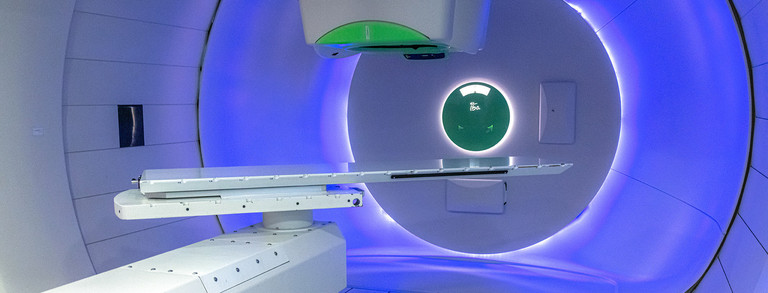Spatially-variable, fractionation dependent RBE and the potential of hypofractionated proton therapy
State-of-the-art: There is a growing interest in the radiation oncology community for hypofractionated therapy of selected tumor entities [Fri19, Bau23]. The advantages comprise reduced patient burden, lower treatment costs and radiation-biology considerations for tumors with a low α/β ratio. In terms of describing the clinical outcome, the dose-response relationship for PT could be complicated by the potential increase in RBE near the end of the proton range and the expected decrease in RBE with increasing fraction dose [Das13].
Ödén et al. conducted a retrospective in-silico study to assess the NTCPs for the rectum [Ödé17] considering effects of LET and fractional dose on the variable RBE. Pardo-Montero et al. devised a methodology to assess the variation of RBE with fractionation [Par23]. Hypofractionation appears to be especially attractive for small lesions treated with high-precision radiotherapy and small volumes of irradiated normal tissue [Bau23].

Contact
Prof. Dr. Timmermann



